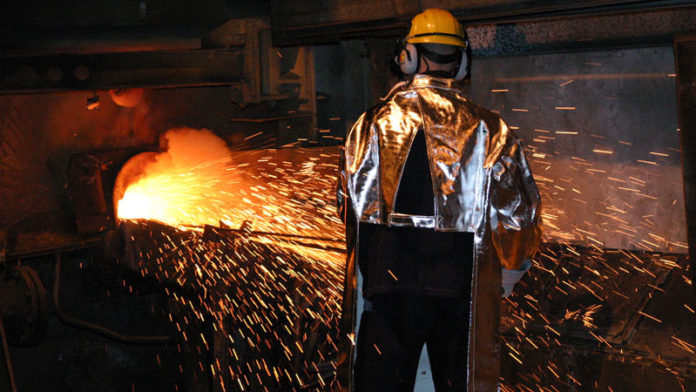
FERROCHROME producer, Merafe Resources, reduced the total dividend following a full-year loss for its 2019 financial year – results it acknowledged were “underwhelming”, and that were precipitated by a decline in pricing for the steel-making mineral.
“Industry dynamics led to market supply exceeding demand and resulted in lower realised CIF (including cost, insurance and freight) ferrochrome prices,” said Merafe CEO, Zanele Matlala in published comments to the results.
Matlala said the company was well positioned to survive the downturn, but offered little in the way of hope for the ferrochrome and chrome markets in the current year owing to oversupply. This was notwithstanding an expected 3.2% increase in world stainless steel production.
“The growth forecasted does not factor in the possible impact of COVID-19 (Coronavirus) and load shedding which is expected to last for 18 to 24 months,” said Matlala. Eskom, the South African power utility, today resumed load-shedding following an 18-day hiatus.
Merafe reported a headline loss per share of 1.8 cents, a 29c/share negative turnaround on the previous year – its first headline loss since 2009. The numbers included a R1.85bn write-down of its assets.
The basic loss per share came in at 54.2c compared to a 27.2c/share profit in 2018. Net cash including cash and cash equivalents and the firms’ bank overdraft, increased to R354m from R281m previously.
On the back of the full-year loss, a R100m dividend was announced, a year-on-year decline of about 72%, the company said. Shares in Merafe are 67% weaker on a 12-month basis.
Glencore, Merafe’s joint venture partner, announced in January it would begin a Section 189 restructuring process of its 430,000 tons per year Rustenburg smelter. Merafe has a 20.5% share in the Glencore-Merafe Chrome Venture.
Matlala said the company would keep tabs on the remainder of its operations following the decision to investigate the restructuring of Rustenburg. “We are seeing lower than anticipated market conditions and so on a monthly basis we evaluate all our operations,” she said in a presentation to analysts and media today.
“We don’t want to take quick actions and find that the market changes and that we are then sitting with closed operations,” she said.
Regarding the Section 189 process at Rustenburg, Merafe said it was “looking at alternatives prior to closure of the operation. “We have had our first meeting with unions. The process is a 60-day period that can be extended for 30 days,” she said.
The high cost of electricity supplied to Merafe’s smelters was described by Matlala as placing “pressure on South Africa’s entire chrome industry”.
The National Energy Regulator of South Africa (Nersa) last year granted Eskom annual electricity tariff increases of 9.4% in 2019/2020, increasing 8.1% and 5.2% in subsequent years. Nersa also approved an additional 4.4% tariff increase to allow Eskom to recoup costs which amounted to an increase in the annual electricity tariff for 2019/2020 to 13.9%, and a compounded increase of 9% over three years. This is some 29.5% higher than the current electricity tariff.
Some 665 jobs could be affected at Rustenburg, according to Shivani Chetram, a spokeswoman for Glencore in South Africa in an interview with Miningmx in January.











